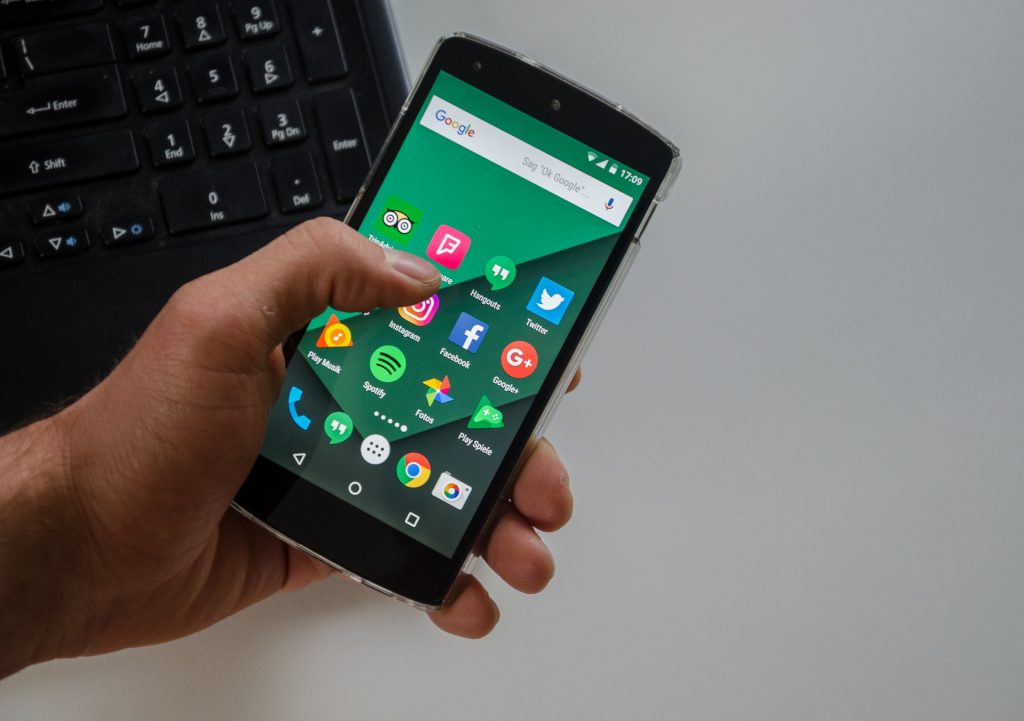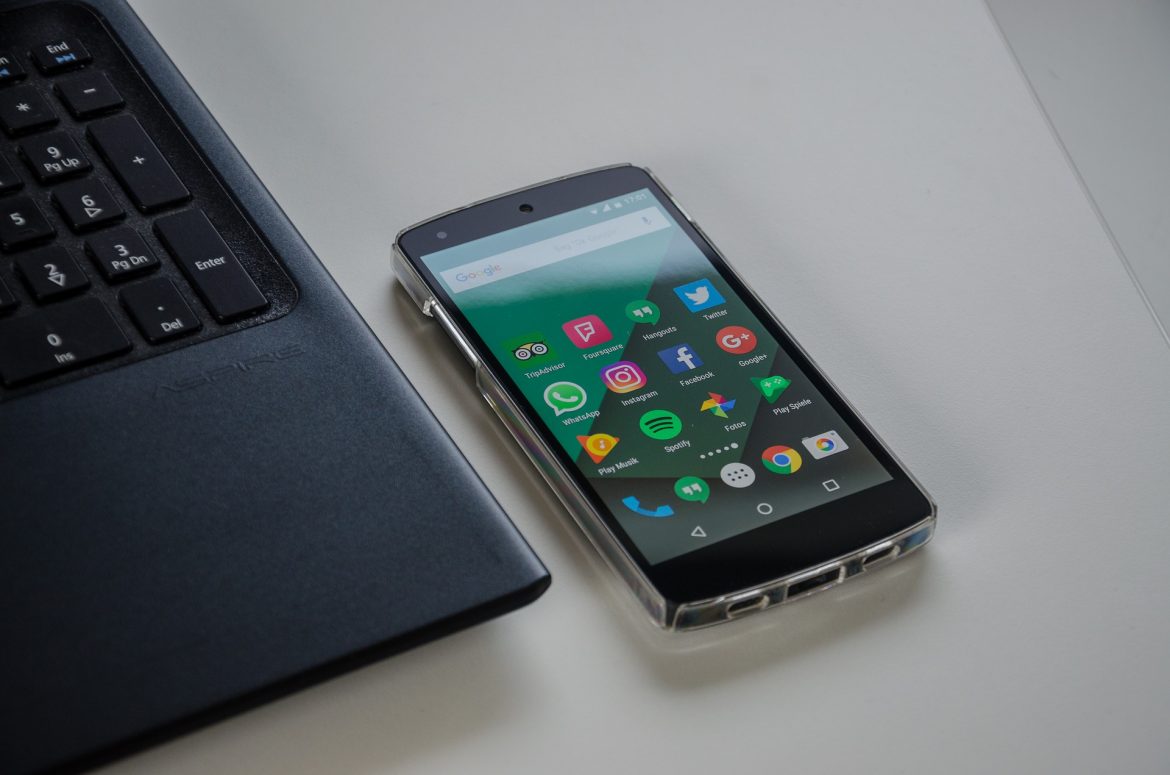Google Apps Device Policy helps us to manage iOS devices easily. When an employee leaves the company, delete organization information and leave private photos, contacts, programs, and documents unaffected – or “delete accounts.” These two “delete” services and “account deletion” help the Google Apps administrator protect company data.
Google Apps Device Policy improved remote control of organization programs and information on iOS devices in September 2015. Updates have enabled people to separate organization programs and data from private apps and iOS devices (Google shows similar features on Android, as part of Android for Function). In addition, adjustments make Google Apps better utilized for use in BYOD mode.
Now, the remote “delete account” command sent to connected iPhone or iPad will delete installed data and applications using the entire Google Device Policy application. Especially when you use the best VPN for pubg to play the game and you always have a fear to lose your account and data. No other applications or details on your device will be affected. Personal photos remain and organization information disappears from gadgets.
The new iOS mobile app management features require some installation. You’ll want to make both adjustments from the Google Apps Admin console and log in to all connected iOS devices.

1. Connect Google Apps with Apple push notifications
You will need to first join your Google Apps accounts in Apple’s driving notification program. After that, Apple generates a Push certificate document, which you upload to Apple and then upload to your G Apps account. This connects Google Apps with Apple to enable iOS device management.
Log in to your Google Apps Admin account and browse to the Apparatus directory, later Mobile (in the menu), and select “Setup Apple Push Certificate.” When the certificate already exists, you will receive a “Handle Apple Push Certificate” instead of “Setup” The method takes a Couple of Minutes and may require active Apple ID accounts to sign in to the Apple system
2. Configure device management configurations
Then go to Device Management settings in Google Apps (e.g., in Management Games: Applications | Mobile | Device Management Configuration).
Under the General Settings section, make sure the following options are checked equally:
• Enable iOS sync for customers
I suggest you select the “Enable toolbar” box and enter your email address from the box. This allows you to independently check and approve each mobile device link request. Ironically, this could slow down and slow down the process of connecting new tools, but excessive effort adds to the security of your company.
3. Install authorized iOS applications
Finally, install any free iOS app in your organization’s “White iOS list” (in the administrator console, visit Device Guides Mobile White Apps for White). Then, click the action button at the bottom right corner of your screen to search for the iOS app title and install it.
Any iOS app can be added to the list. You can install the Chrome browser and invite people to use Chrome on iOS for browsing and Safari on iOS for each browser. Include youtube videos and images in your content and allow visitors to download youtube videos.
Remember that any apps added to the iOS app in the Google Device Policy app are the ones that will be removed from the remote “account delete” status. So, for example, if you install the Last Pass program, remote “deleting accounts” will delete Google Apps data and delete Last Pass data from the apparatus.
Installing individual iOS tools
The following steps are required for anyone who wishes to sign up for an iOS device in Google Apps.
1. Install the program
You will want to sign in with your Google Apps accounts and allow the app to set a device profile for Google Apps on your system. Your Google Apps Manager may need to wait to update your device registration.
2. Install the settings
To follow your app’s approval, launch the Google Device Policy app and select any of the listed programs to set. These applications will automatically connect to your Google Apps Account information. Programs installed in this way can help separate and protect your business information from iTunes accounts and applications. You may also check image submission sites to upload your product’s images to create dofollow backlinks.
After each of the above steps, if you send a remote account “delete accounts” to the unit, each of the programs included in the Device Policy – and its associated details – will be deleted. However, all personal and information settings will remain uninterrupted on the gadget. So, what programs have you installed?

